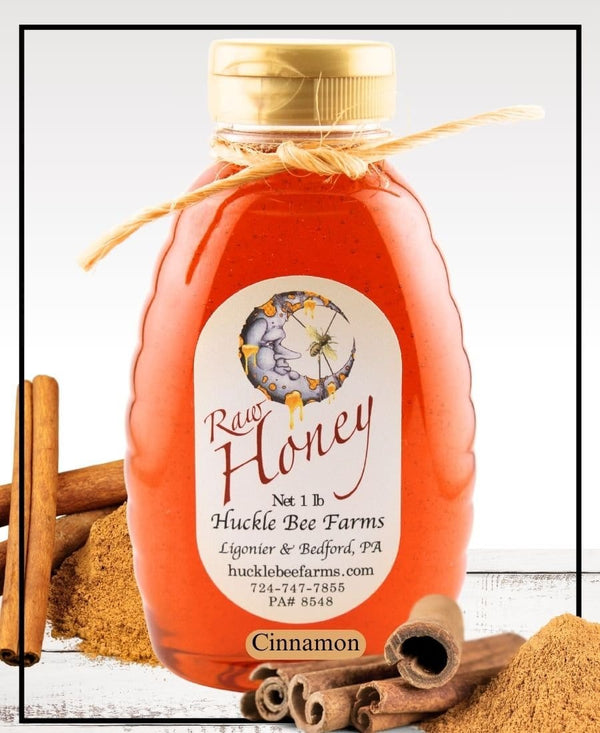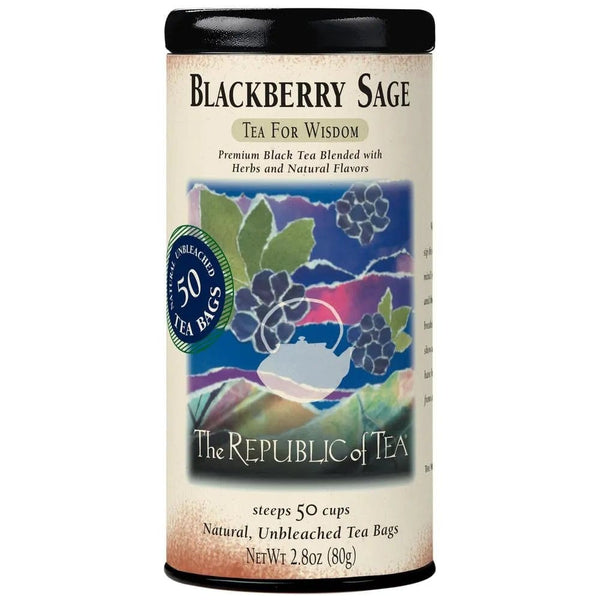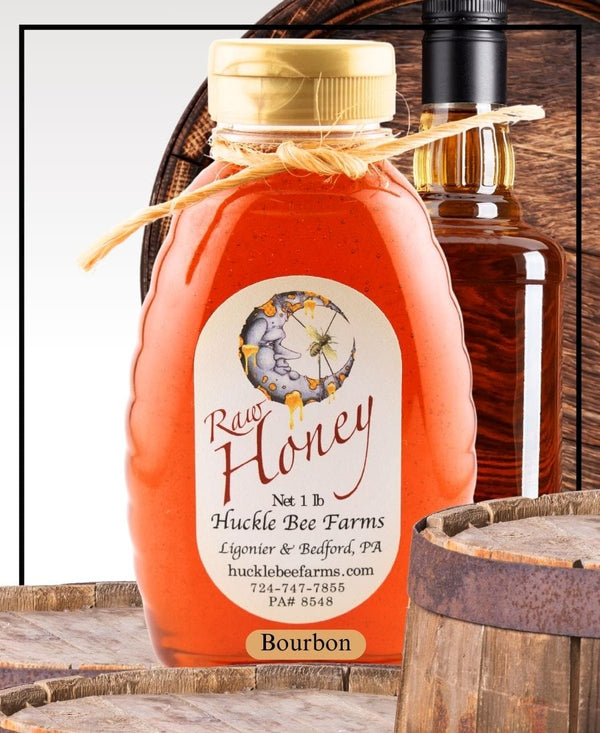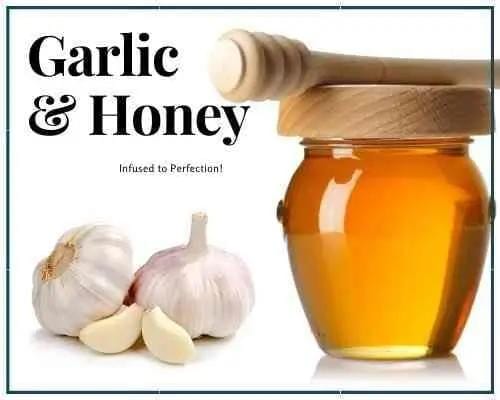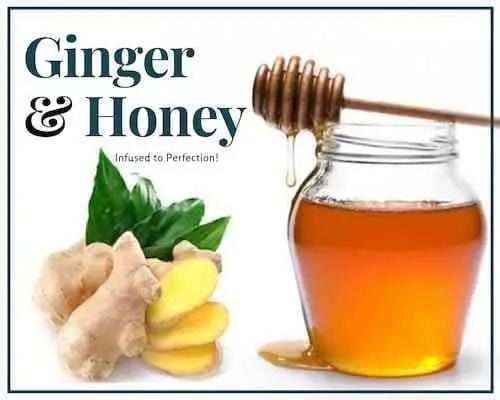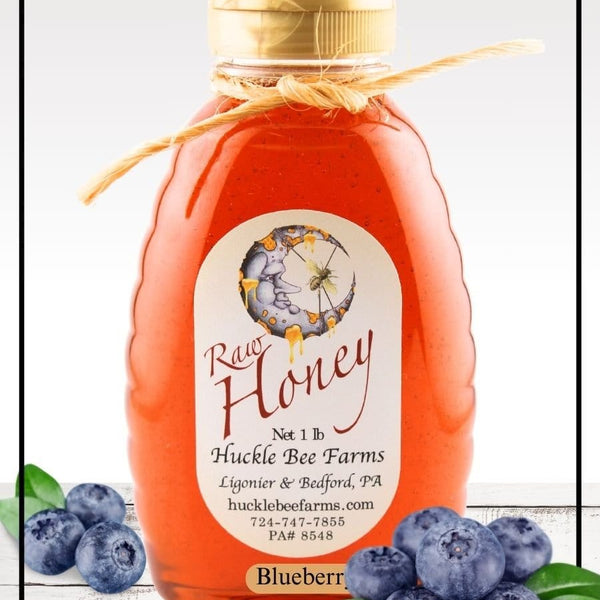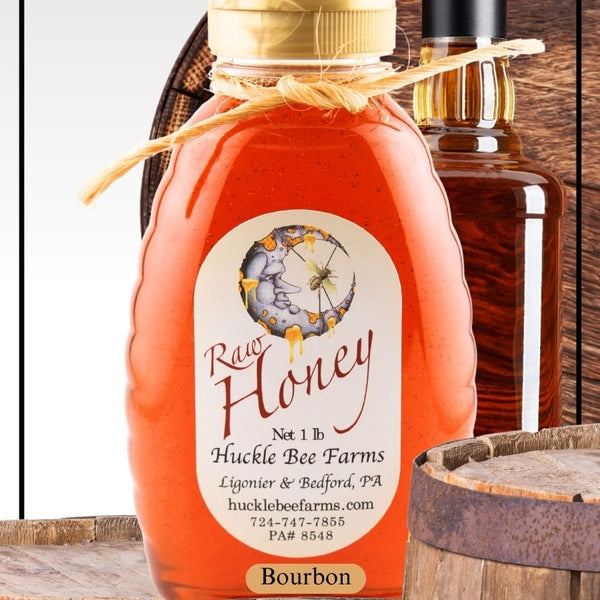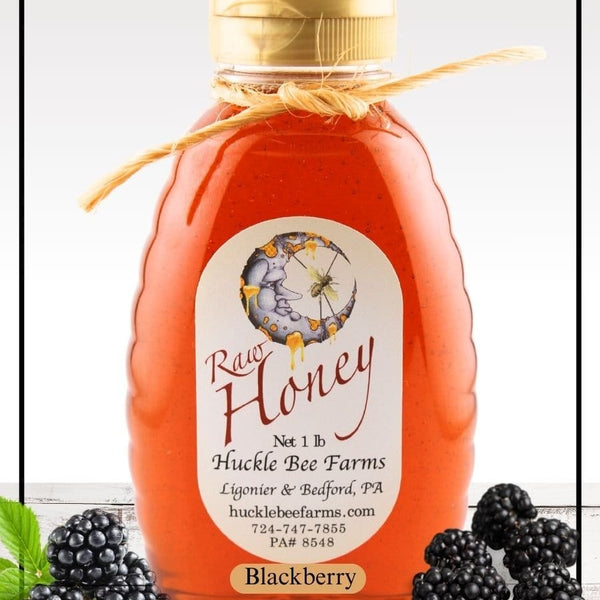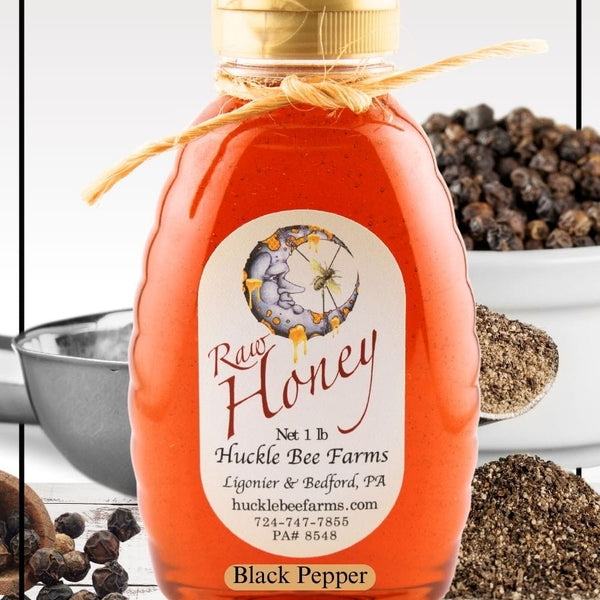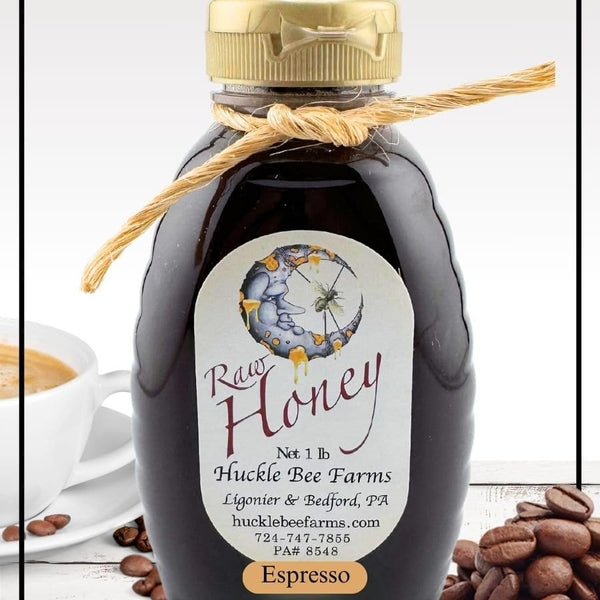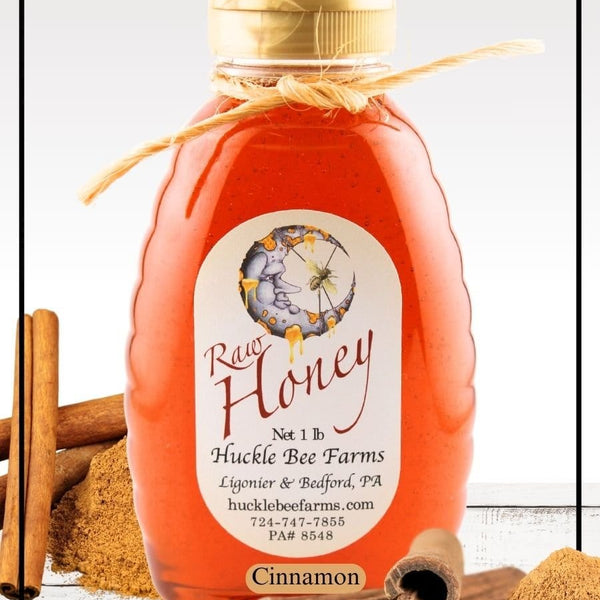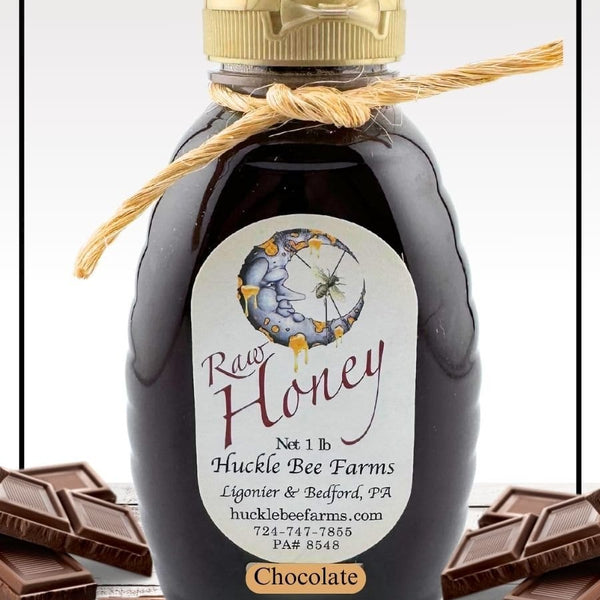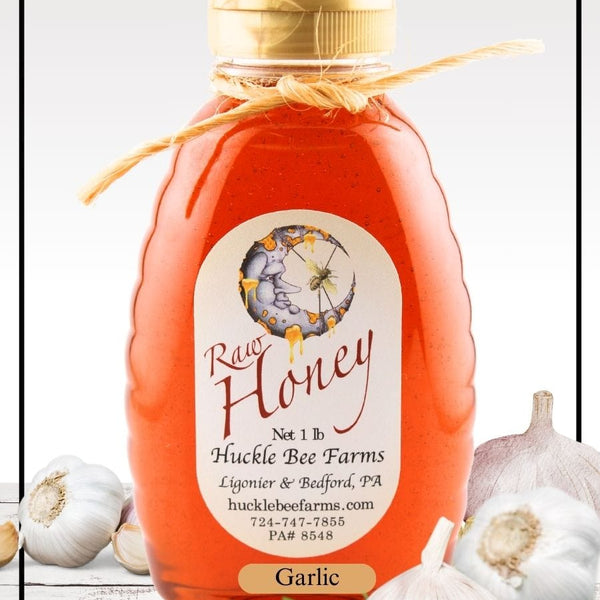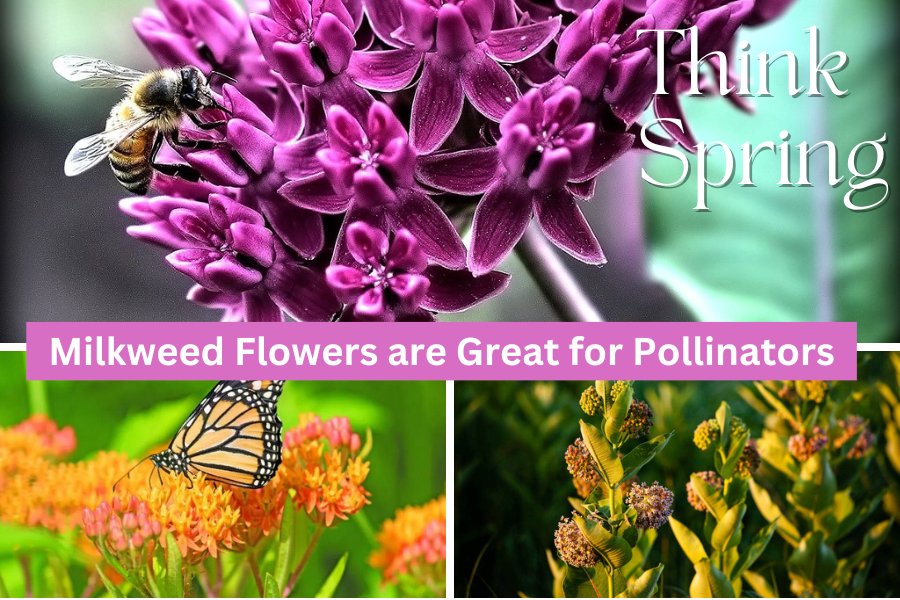
🦋 Milkweed and Pollinators: A Vital Key Plant for Their Survival
What is Milkweed
Milkweed refers to a group of perennial plants belonging to the genus Asclepias. These plants have milky sap and are important for helping pollinators, like monarch butterflies. Here are some key characteristics of milkweed:
- Milkweed exists in over 100 species and grows in various parts of North and South America. Common species include Asclepias syriaca (common milkweed), Asclepias tuberosa (butterfly weed), and Asclepias incarnata (swamp milkweed).
- Milkweed plants adapt to a range of habitats, from meadows and prairies to roadsides and disturbed areas. They often thrive in well-drained soil.
- Milk-Like Sap: Milkweed plants get their name from the milky, latex-like sap that oozes from broken or cut parts of the plant. This sap contains compounds that can be toxic to some animals but serves as a defense mechanism against herbivores.
- Flowers: Milkweed plants produce distinctive clusters of flowers that vary in color depending on the species. The flowers are often fragrant and act as a rich source of nectar for pollinators.
- Importance for Monarch Butterflies: Milkweed is the primary host plant for monarch butterflies (Danaus plexippus). Female monarchs will lay their egg on milkweed plants no matter what the species of milkweed. They you will winter over in the in old plants. Monarch caterpillars feed exclusively on milkweed leaves, and the chemicals in the milkweed sap make them unpalatable to predators. Planting milkweed is crucial for helping monarch butterflies because it provides them with a place to reproduce and grow.
- Seed Pods: After flowering, milkweed plants produce seed pods. These pods are distinctive, elongated structures containing numerous seeds attached to silky hairs. The wind disperses the seeds, helping milkweed naturalize in various areas.
- Ecological Role: Besides supporting monarch butterflies, milkweed plays a broader ecological role. It attracts various pollinators, including bees and other butterflies. Other insects use some milkweed species as food sources.
- Efforts to help monarch butterflies are increasing. We encourage planting milkweed to help them survive. Many environmental organizations and gardening enthusiasts advocate for creating milkweed-friendly habitats to aid in monarch conservation.

Benefits for Milkweed for Pollinators
- Butterfly Habitat: Milkweed is the primary host plant for adult butterflies. By planting milkweed, you provide essential habitat for monarch caterpillars, supporting their life cycle and contributing to butterfly conservation. Consider including in your Butterfly Garden.
- Bee Forage: Milkweed flowers are rich in nectar, attracting various bee species. Planting milkweed in your garden helps honey bees and bumble bees by pollinating plants and keeping them healthy.
- Ecosystem Resilience: Milkweed plays a vital role in maintaining the balance of local ecosystems. Helping pollinators is good for the environment because it helps plants, animals, and other organisms that rely on pollination.
- Aesthetic Appeal: Milkweed plants, with their unique flowers and distinctive seed pods, add aesthetic appeal to your garden. You can place them into various landscaping designs, enhancing the visual beauty of your outdoor space.
- Low Maintenance: Milkweed is often hardy and low-maintenance, making it an accessible option for gardeners. Once planted, it can thrive with minimal care. This makes it a great choice for those who want to support pollinators without putting in much effort.
- Support for Threatened Species: Monarch butterflies, in particular, face threats to their populations. Planting milkweed helps butterflies and other insects. It also helps protect endangered species and encourages caring for the environment.
- Carbon Sequestration: Like all plants, milkweed contributes to carbon sequestration, helping mitigate the impacts of climate change. By incorporating milkweed into your landscape, you indirectly contribute to environmental efforts aimed at reducing greenhouse gas levels.
Remember, the benefits of Milkweed for Pollinators extend beyond the immediate garden, positively impacting the broader environment.

How to grow Milkweed
Growing milkweed is a rewarding and environmentally beneficial endeavor, especially for supporting pollinators like monarch butterflies. Here's a step-by-step guide on how to grow milkweed:
1. Choose the Right Milkweed Species:
- Select a milkweed species that is a native plant to your region. Native milkweed species are better adapted to the local climate and ecosystems.
- Common milkweed asclepias syriaca, butterfly weed (or Milkweed Plant Asclepias tuberosa), and swamp milkweed (Asclepias incarnata) are popular choices.
2. Determine Planting Location:
- Choose a sunny location with well-drained soil for planting milkweed. Ensure the area receives at least 6 hours of direct sunlight per day, promoting healthy growth.
- Good drainage is essential to prevent waterlogged conditions. Choosing the right location is important for growing milkweed successfully and helping pollinators, whether in gardens, containers, or meadows.
3. Starting from Seedlings:
- Purchase milkweed seeds or seedlings from a reputable nursery if you prefer to start with established plants.
- Transplant seedlings into the garden after the last frost date in your area.
4. Watering:
- While milkweed is relatively drought-tolerant, it's important to water it regularly during the establishment phase. Once established, it can tolerate drier conditions.
- Water at the base of the plant to avoid wetting the leaves, which can make them susceptible to diseases.
5. Educate Yourself:
- Learn about the life cycle of monarch butterflies and how milkweed supports their reproduction. This knowledge will help you appreciate the importance of your milkweed plants.
Conclusion: Milkweed for Pollinators
In conclusion, planting milkweed for pollinators is a rewarding and environmentally impactful endeavor. Pick local plants and plant them in the correct spot to aid monarch butterflies and promote biodiversity.
Milkweed is a great plant for gardens because it looks nice, doesn't need much care, and helps bees and butterflies. It helps keep nature in balance. By planting milkweed, you can help protect pollinators and ecosystems. It's an easy way to make a big impact on nature.
In conclusion, we cannot underestimate the importance of milkweed in our ecosystem and its vital role in pollinator conservation. By planting this key plant in our gardens, we can directly contribute to the survival of threatened species such as monarch butterflies. Additionally, promoting the growth of milkweed can have positive effects on other aspects of our environment, such as improving soil health and providing food for various insects and birds. Let us all do our part in preserving this essential plant and ensuring a healthy future for both ourselves and nature.
Huckle Bee Farms
www.hucklebeefarms.com







